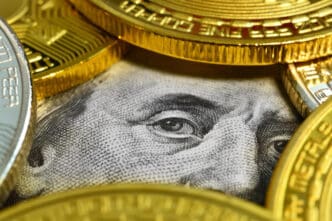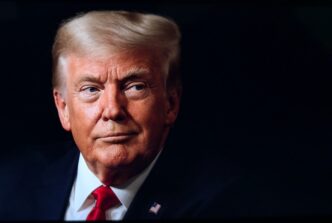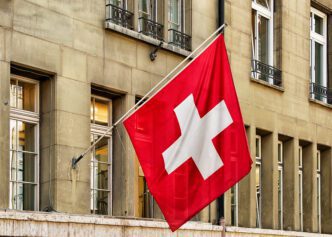President Donald Trump's initial promise of an economic "golden age" has been tempered by the Federal Reserve's latest assessments, which foresee economic challenges ahead. Federal Reserve officials have indicated that U.S. economic growth is likely to slow down, with an increase in unemployment and inflation, partly due to ongoing tariff disputes instigated by the administration. These factors have led the Fed to pause on previously planned interest rate cuts, projecting instead a slower reduction rate with higher stopping points to mitigate impending inflationary pressures.
The Fed's stance has drawn criticism from President Trump, who has been vocal in his calls for immediate rate cuts, labeling Fed Chair Jerome Powell as ineffective for maintaining current rates. This situation also leaves consumers and prospective homebuyers hoping for reduced borrowing costs facing disappointment, especially as other central banks continue to ease their rates.
President Trump's early policy moves, particularly in the realm of tariffs, have significantly impacted the economic outlook. As 2024 came to a close, expectations were high for continued robust economic growth, full employment, and inflation rates gradually aligning with the Fed's 2% target. However, the reality has shifted as the Fed's outlook now reflects steeper borrowing costs due to anticipated inflation, which has risen beyond initial expectations.
The uncertainty surrounding tariffs remains, with a critical July deadline looming. Countries, including those in the European Union, face the prospect of steep import levies unless agreements are reached, with only the UK having secured a limited deal so far. This unresolved tariff situation contributes to the Fed's cautious approach, as the central bank awaits more concrete developments over the summer.
Despite some improvement in economic conditions, such as rising equity prices and stabilizing Treasury yields, the outlook remains less optimistic compared to the end of last year. The Fed has revised its gross domestic product growth forecast down to 1.4%, with unemployment expected to rise to 4.5% by year-end, marking the highest rate since early 2017.
Powell cautions that while the current job market remains stable, labor demand is softening, which could lead to increased unemployment if layoffs rise and job creation remains stagnant. This delicate balance underscores the Fed's vigilant approach to economic policy in the face of evolving tariff negotiations and fluctuating economic indicators.








